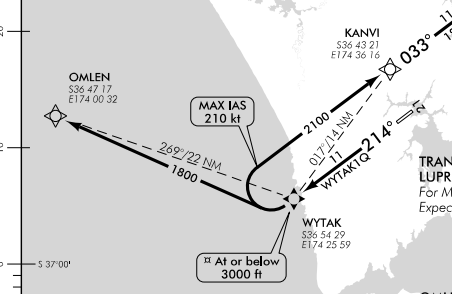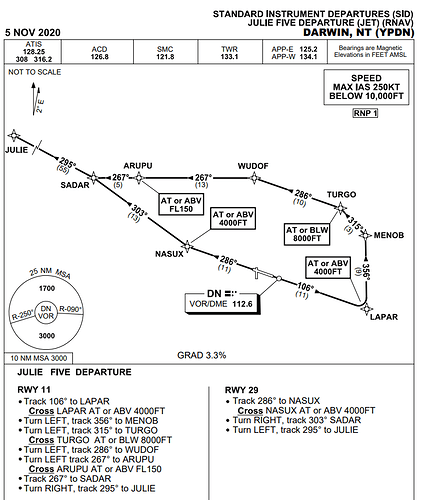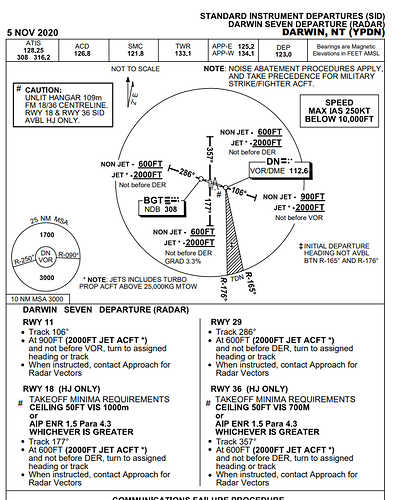Continuing the discussion from Official 6th Annual Mudspike Christmas Flight 2020 - Discussion & AAR Thread as rightly recommended by @Freak :
I have a question regarding flight planning for my 727.
The CIVA INS allows me to put in 9 lat/long coordinates.
This is fine for the en route fixes and waypoints, because Skyvector gives me coordinates for the INS.
It doesn’t appear to work very well for departures and arrivals, though, as it seems Australia’s SID and STAR procedure charts are all GNSS PBN based (I think - https://www.airservicesaustralia.com/aip/current/sup/a18-h05.pdf) and don’t actually state coordinates for me to enter to the INS.
So in practice, does this effectively limit me to using radar vector departures and just imagine that I have been vectored to my first en route fix and go with the INS from there?
As far as I can see, I can’t find the coordinates for the RNAV waypoints anywhere, so while I could manually enter all of those waypoints in the INS in theory, I don’t have right information for it.
Sorry if my question doesn’t make sense, I’m very new to this IFR stuff.
Here’s an example - I’m currently in Darwin, wanting to make my way to Bali. The Darwin Julie Five departure seems to take me to the right place (JULIE) from which I can follow the airways. Assume a takeoff from RWY 29, I am to fly runway heading 286 for 11 NM to NASUX, cross NASUX at or above 4000 ft, then track 303 for 13 NM to SADAR and 295 for 55 to JULIE.
However, unlike with the NZWP SID chart below, the waypoints don’t have coordinates on the chart:

I assume this is because in Australia the standard is that you need a more modern navigation system than what I have onboard. So - do I just have to use the radar departure and would basically get given vectors to get to JULIE? (track 286 until at 2000ft, then turn to assigned heading)
I hope this isn’t an annoying question, as obviously you can’t teach someone everything about the topic in a nutshell…but I’m trying to do this Xmas trek at least with a nod of sorts towards the procedures and just taking off and landing randomly seems a bit flippant! ![]()


